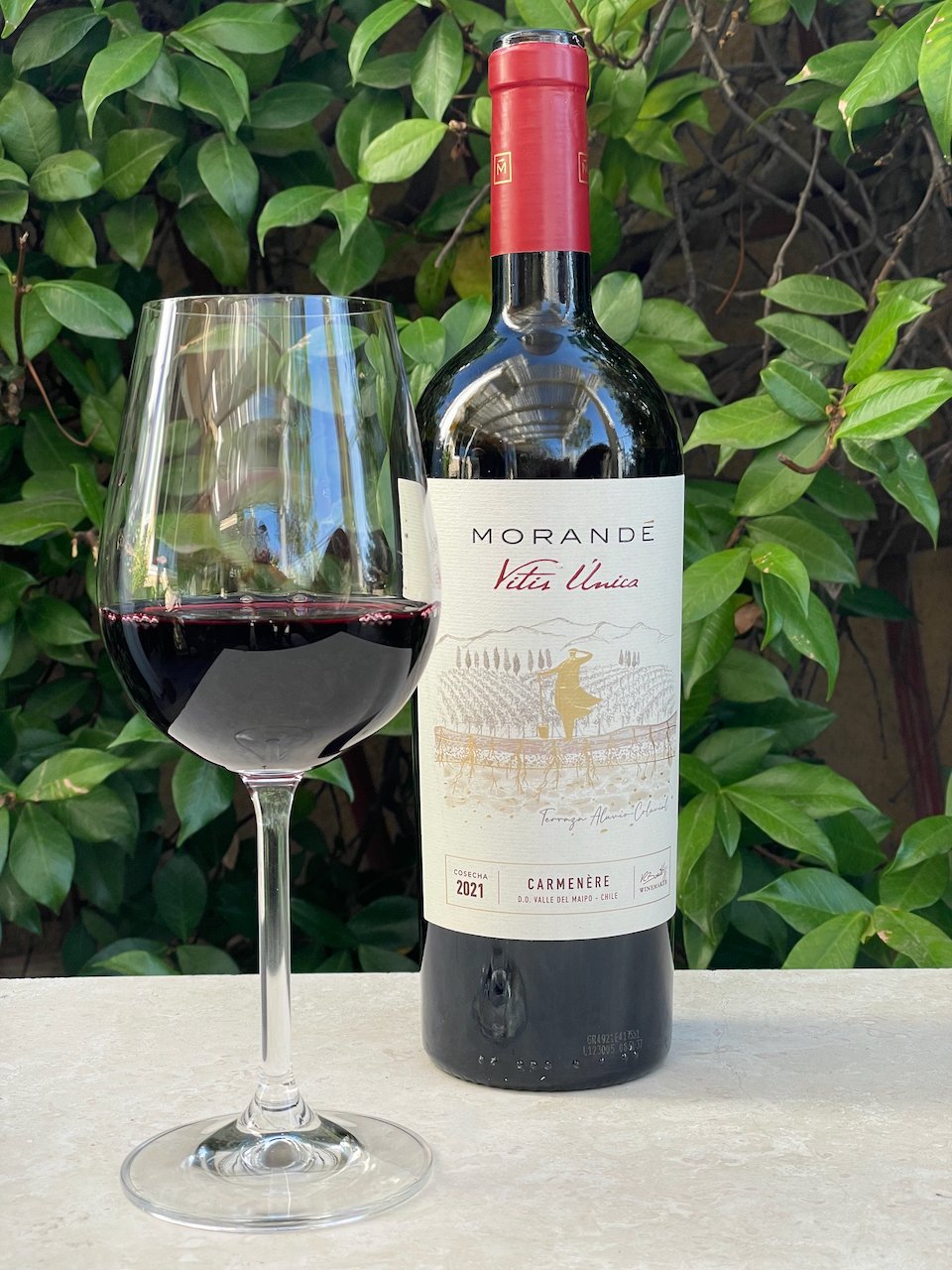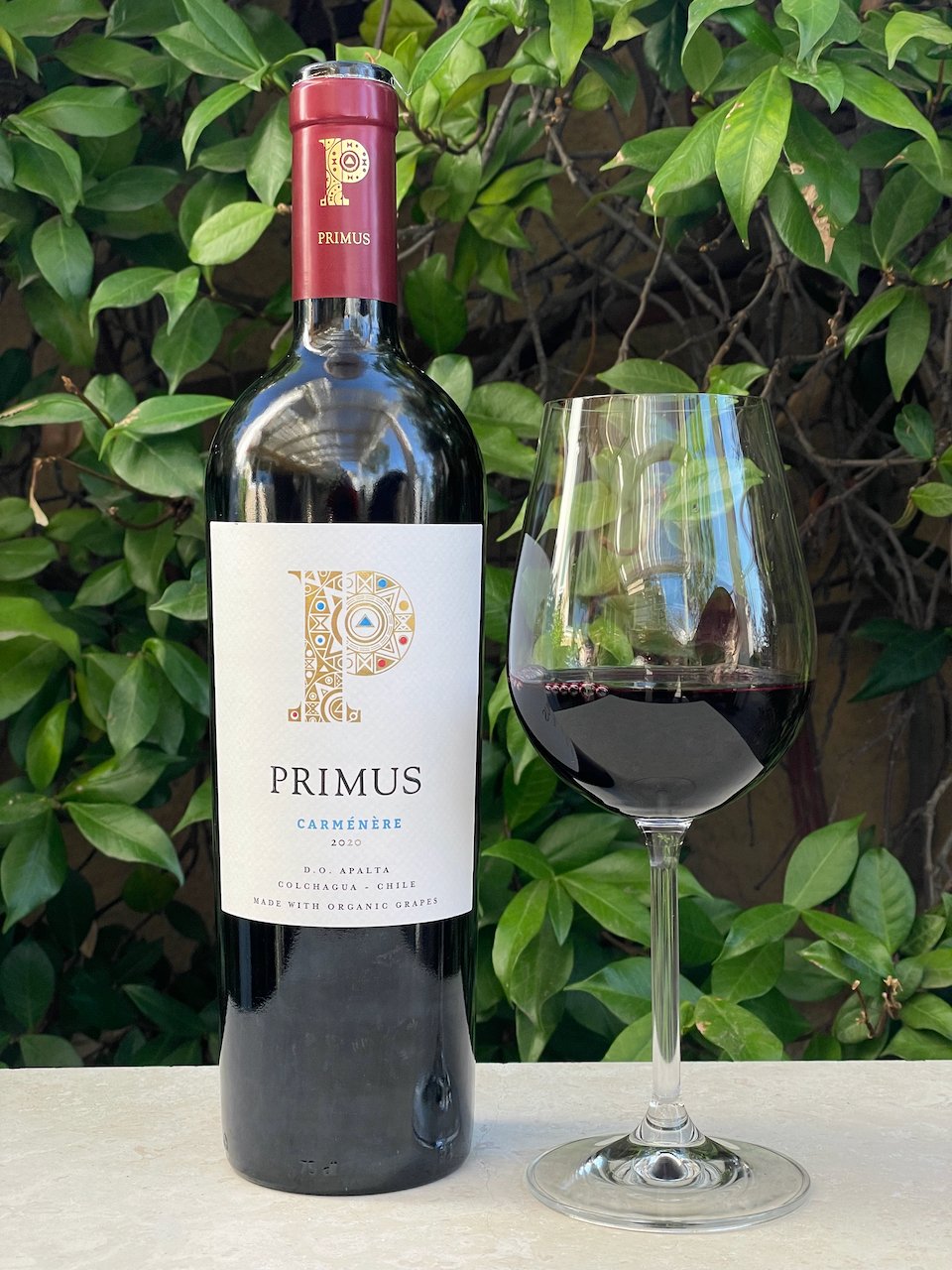Photo by Nicholas Grande on Unsplash
The traditional turkey dinner for Thanksgiving is often served with a white wine. While most white wines do go well with turkey, there are plenty of other excellent options.
Turkey, by itself, is a pretty neutral meat. So, you should actually focus on pairing your wines with all the side dishes that go along with the turkey. It may be a bit surprising, but a red wine will often work exceptionally well with your meal. Just as cranberry sauce goes well with the turkey, a fruity red wine is also a great choice. But, you might want to avoid full-bodied, highly tannic, red wines (e.g., Cabernet Sauvignon, Merlot, Syrah) that can get lost in the presence of all the fruit, sugar, and salt on the Thanksgiving table.
Sparkling wines go well with almost any meal and are a natural pairing with turkey. And, any dry rosé will also work quite nicely.
Here are some traditional white wine choices:
Gewürztraminer - A Thanksgiving favorite. It is a highly aromatic wine with floral touches and spice notes such as cloves and nutmeg.
Riesling - A dry Riesling has spicy, fruity flavors with touches of peaches or apricots and a floral fragrance that compliments the meal well.
Sauvignon Blanc - Light and crisp, with grassy or herbaceous flavors and good acidity to cut through all the richness of the meal.
Pinot Grigio (Pinot Gris) - Light and zesty with flavors of lemon, melon and peach.
Chardonnay - A very common choice. But, it's best to go with the lighter and fruiter un-oaked versions that work best with all the flavors on the Thanksgiving table.
Red wine options include:
Beaujolais - Light, dry and fresh with fruity flavors. And you can serve it chilled.
Pinot Noir - A light bodied red with flavors of cherry, raspberry and strawberry. In the French wine section at your store, this is called a red Burgundy. And this too can be served slightly chilled.
Carignan - This red wine is a bit higher in tannins and acid, and has flavors of dark and black fruits, pepper, licorice, and spicy, savory aromas.
Rhône Blends - Rhône wines focus on Grenache, Syrah and Mourvedre (GSM) grapes, producing medium-bodied blends.
Zinfandel - This medium bodied red wine can really work with a Thanksgiving meal. It has characteristics that include jammy flavors with spicy or peppery notes.
But, as always, ensure that you drink what you like. That's what is most important.
Enjoy your Thanksgiving. Cheers!







